Aquamarine: The Gemstone of the Sea
Dreaming of a seaside vacation? If that’s not in the stars, let us suggest the next best thing–a stunning piece of Aquamarine!
The Gemstone of the Sea
Known as the gemstone of the sea, Aquamarine has been prized for hundreds of years by jewelers and sailors alike. Sailors used to bring Aquamarine on their journeys and even “sacrifice” the stones to Poseidon by throwing them overboard. This was meant to calm the seas and provide a safe journey. Today it’s still known as a gemstone of serenity and is used to bring calmness and balance to one’s life. It’s also known as the stone of preparedness and safety, which makes it ideal for anyone embarking on a journey.
Personally we love this necklace for anyone who needs a little protection or healing, as it looks just like a shield! Wear it like a talisman and keep it close to your heart on difficult journeys.
Sea-Through to Deep Blue
Aquamarine is mainly characterized by its color, which can range from almost transparent blue to blue-green to deep sea blue. It gets its transparency from the mineral Beryl, which is crucial to Aquamarine’s formation. Beryl by itself is crystal clear, so Aquamarine is typically eye clean. This means it has high clarity and doesn’t typically have inclusions.
However, due to the nature of Aquamarine’s formation, it can occasionally have inclusions. Aquamarine is formed when mineral rich water seeps into cooling magma, creating a crystallized rock formation called pegmatite. Within pegmatite, different gemstones can form. In fact, this may sound familiar to you if you’ve already read our Tourmaline blog. Sometimes metals like iron or biotite will present themselves as slender grey or black inclusions. Jewelers are able to remove these inclusions with heat treatment, since most people prefer eye clean Aquamarine. More commonly, they can simply cut around the metal inclusions, as they are few and far between.
More Characteristics of Aquamarine
Aquamarine is mainly characterized by its color, as it’s always a shade of blue. But there are a few more characteristics that make it unique. For example, Aquamarine is always hexagonal in nature, a characteristic of Beryl gemstones. With a 7.5-8 rating on the Mohs scale of hardness, Aquamarine is pretty durable and is therefore ideal for everyday wear. It’s considered a semi-precious stone, and isn’t nearly as rare as Emerald, but much more valuable than its imposter– blue Topaz. One of Aquamarine’s most impressive characteristics is its sheer size. While most gemstones are found in smaller pieces weighed in carats, Aquamarine is found in such large pieces that it is sometimes weighed in pounds.
The most famous single cut of Aquamarine is undoubtedly the Dom Pedro. At 14” tall and nearly 5 pounds, it’s already an impressive gemstone. But it was originally part of an even larger piece of Aquamarine that weighed nearly 100 pounds! Unfortunately, the gem miners who unearthed it in the 1980s dropped the original chunk of Aquamarine and split it into three pieces. Fortunately, this remaining piece has been preserved for all these years and is currently on display at the Smithsonian. It is truly an impressive piece to marvel at, and its transparency makes it easy to see the crystal structure within.
Aquamarine’s Connection to Royalty
The Dom Pedro isn’t the first or only famous Aquamarine. A much smaller but still very famous Aquamarine is that of the late Princess Diana. The 33 carat pale-blue Aquamarine is the focal point of her gorgeous ring, surrounded by many smaller diamonds. Most recently, the ring belonged to Meghan Markle.
You may also be familiar with Queen Elizabeth II’s Aquamarine encrusted tiara and matching jewelry set. The platinum tiara features Aquamarines and Diamonds that she received from Brazilian President Getúlio Vargas as a coronation gift in 1953. President Vargas must have been very proud of his country’s Aquamarine, because back in 1936 he had also gifted one to First Lady Eleanor Roosevelt. The gifted gemstone weighed nearly 1,300 carats, making it the largest cut Aquamarine at the time.
If you’d like to feel like royalty, we recommend this gorgeous 9 carat Aquamarine ring that’s fit for a queen. The intricately woven 18 karat gold adds to the regal look of this statement piece. Oh, and you don’t need to wait for a generous diplomat. You can buy it right here on Amáli’s site!
Where in the World is Aquamarine?
Most Aquamarine, including the aforementioned Dom Pedro, is mined in Brazil. But you can also find it in East Africa, some North American states, and the Himalayan mountains in Pakistan. Himalayan Aquamarine tends to be pricey, due to the sheer difficulty of mining it and carrying it back down lesser-developed mountains. Many collectors admire Pakistani Aquamarine for the additional properties it is said to have. All Aquamarine is calming, but Pakistani Aquamarine carries the healing properties of the Himalayas. It also represents the throat chakra and is said to open communication between this life and the other world.
If you like hands-on experiences, consider checking out Gem Mountain right here in the United States. Nestled in the Blue Ridge Mountains of North Carolina, Gem Mountain is a family-friendly public mine where you can pan for your own gems and even have a professional help you identify them. Although they have a variety of gems, they are well-known for their Aquamarines.
Caring for Your Aquamarine
With a 7.5-8 hardness, you would almost think Aquamarine can take care of itself. But as always, there are some steps you should take to keep your jewelry in pristine condition.
The main dangers to Aquamarine are heat, chemicals, and vibrations. It is perfectly fine to wear Aquamarine outdoors, but prolonged or extreme heat exposure can eventually alter the color of your stone. Aquamarine can withstand most chemicals better than other gemstones. However, it can be severely damaged by acids, so it’s best to clean your Aquamarine with soapy water. On that note, Aquamarine holds up pretty well in water. So don’t fret if you leave your Aquamarine jewelry on while showering. Ultrasonic jewelry cleaners are usually okay, but they can ruin Aquamarine with inclusions. To play it safe, stick with trusty unscented soap and water.
One important thing to remember is that Aquamarine’s hardness can pose a threat to your other fine jewelry. To prevent scratching, keep your Aquamarine pieces in a soft bag by themselves or separated in a proper jewelry box with dividers.
Overall Aquamarine is a very sturdy gemstone and is suitable for everyday wear. You could even choose it as an engagement ring, as it will not deteriorate easily.
Is Aquamarine for You?
Yes!! Okay, we’re biased. But if you’re a water sign or simply love being by the sea, we’d highly recommend Aquamarine as a gemstone to represent your spirit. It’s also the perfect gemstone for anyone who needs a little guidance and tranquility. Oh, and it’s March’s birthstone, so if you have a birthday coming up…drop a hint!
P.S Are you surprised that March’s birthstone is Aquamarine and not Emerald? Keep an eye out for our Emerald post next week!
Recommended Articles
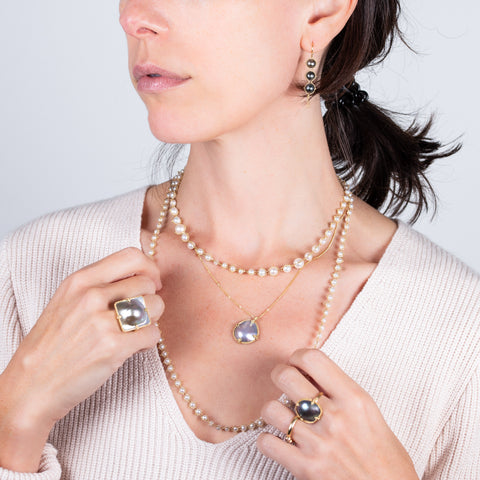

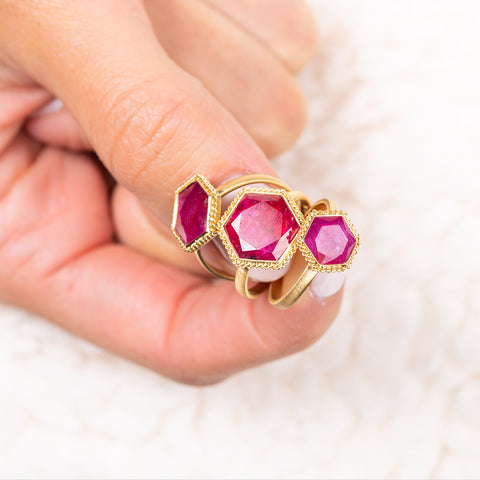
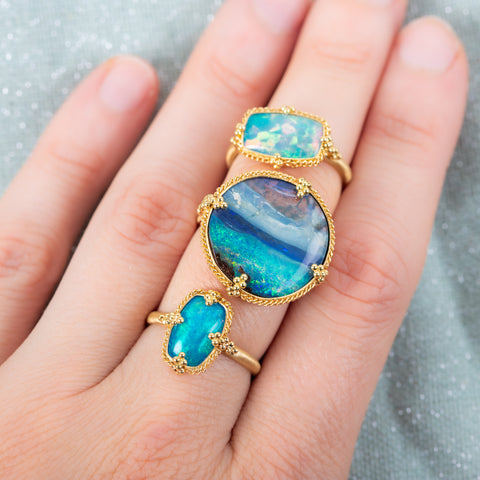
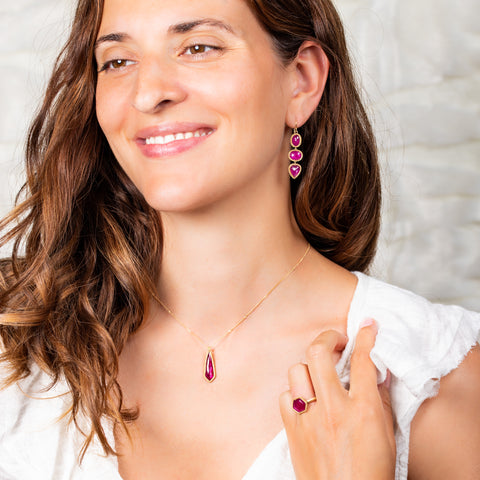


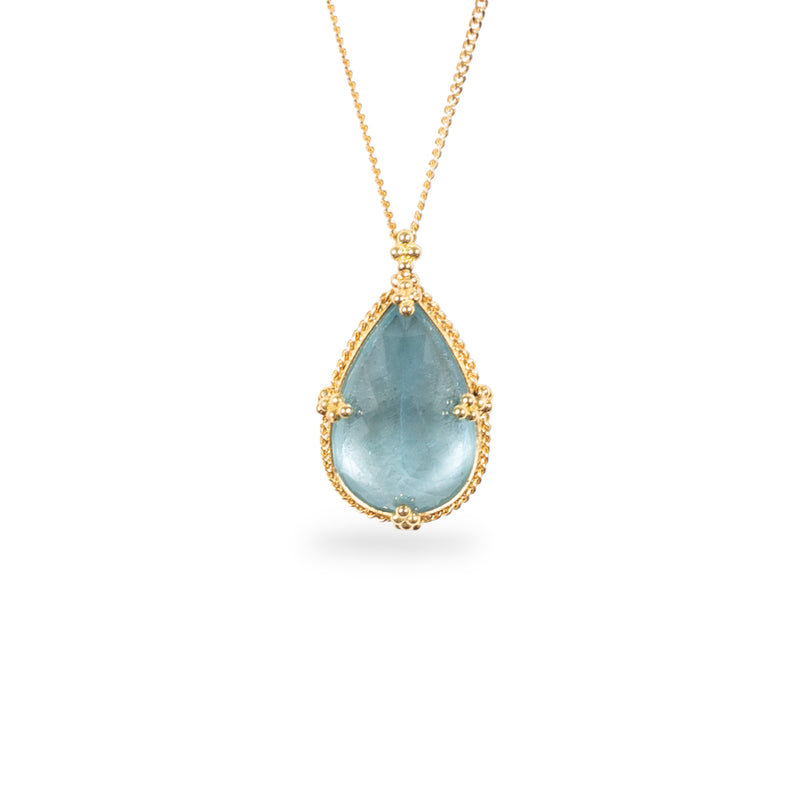
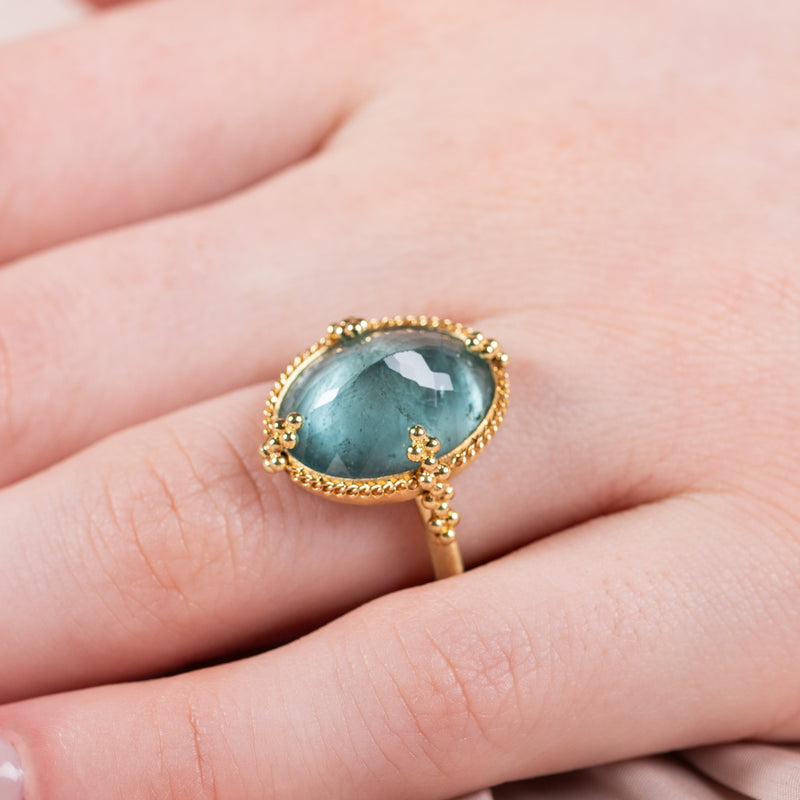

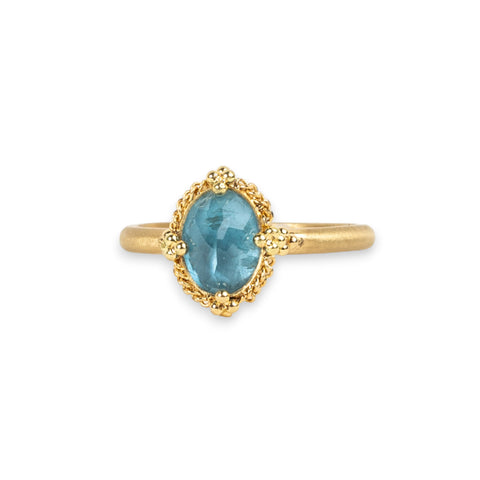
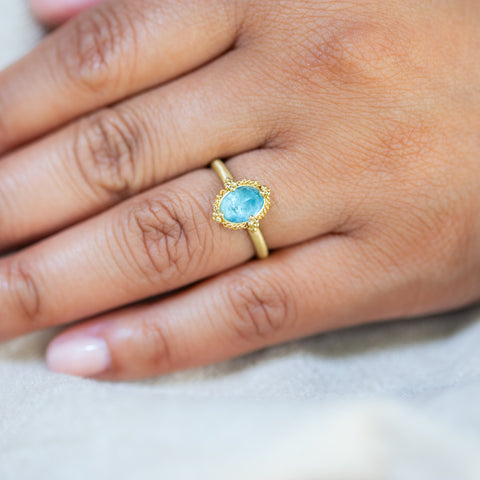

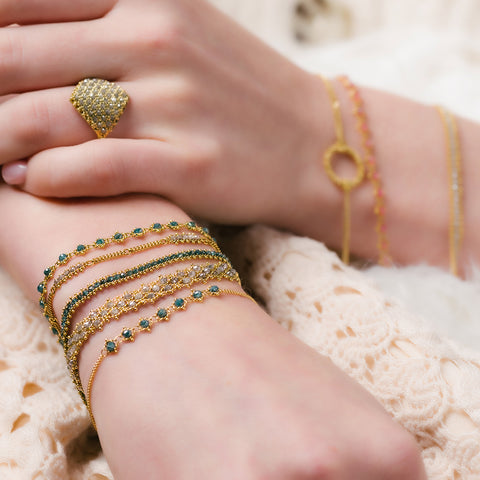
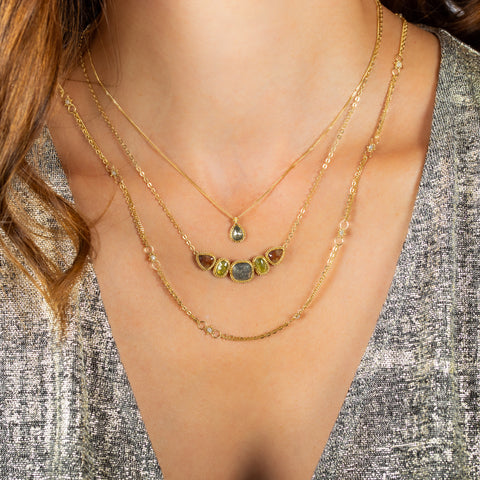
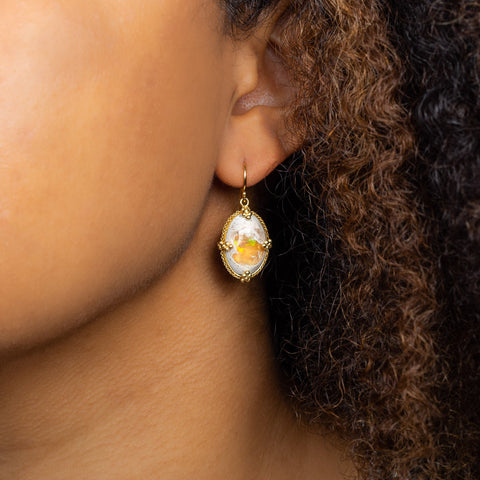

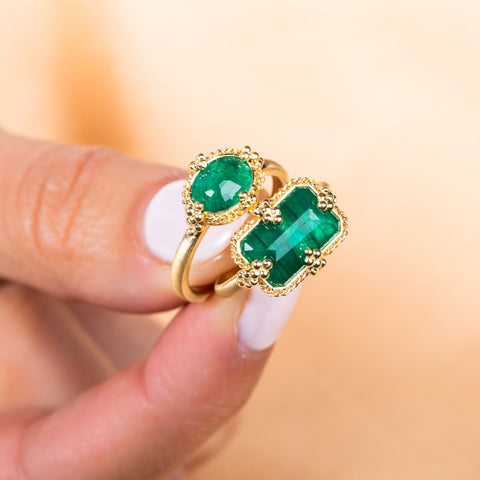
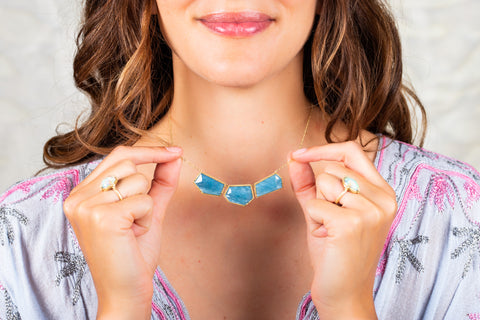
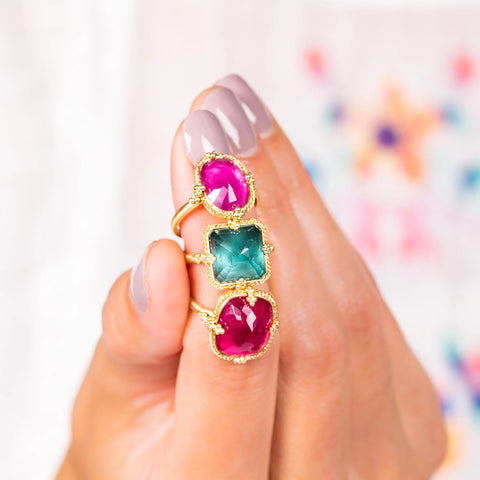
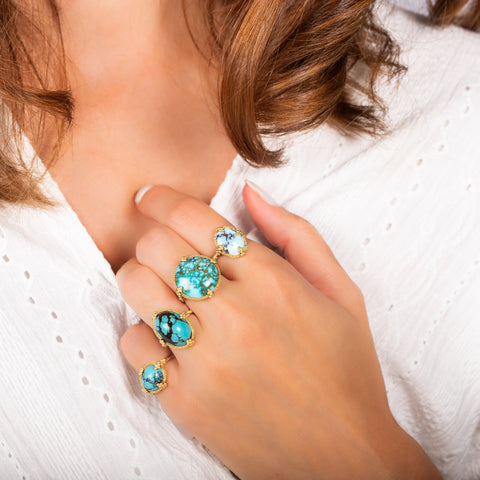
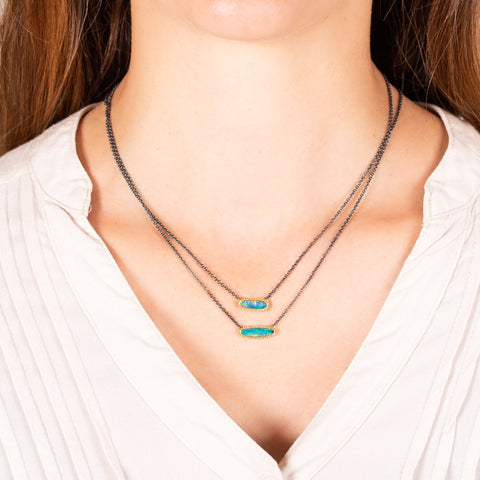
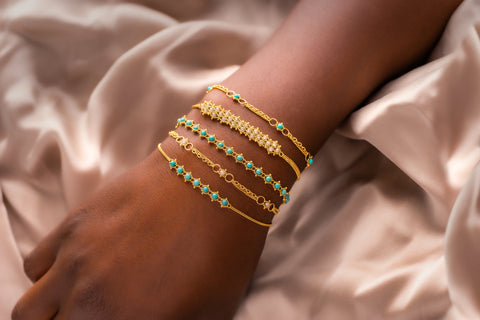

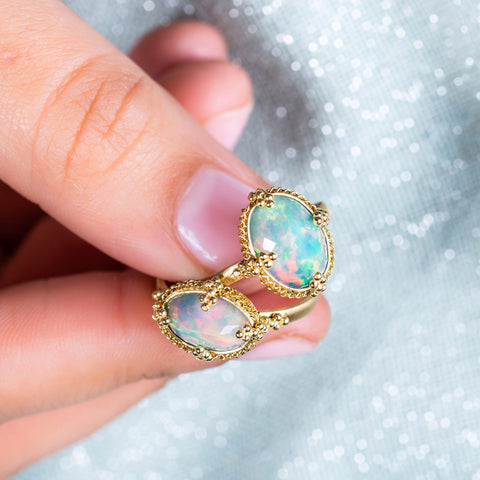

Comments (0)
There are no comments for this article. Be the first one to leave a message!